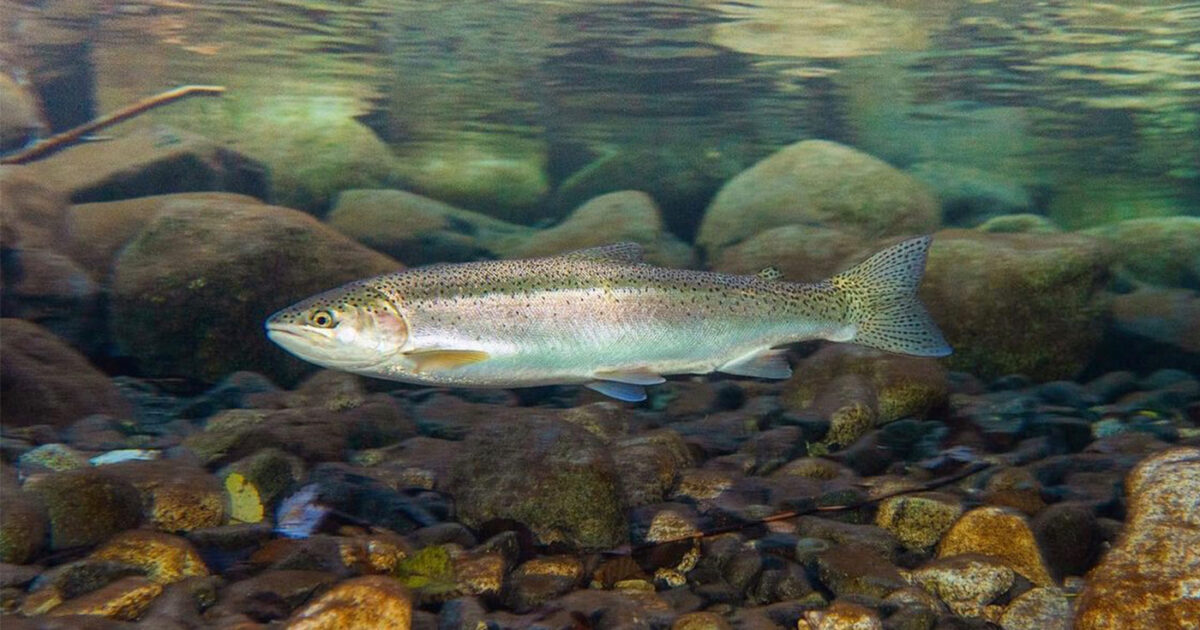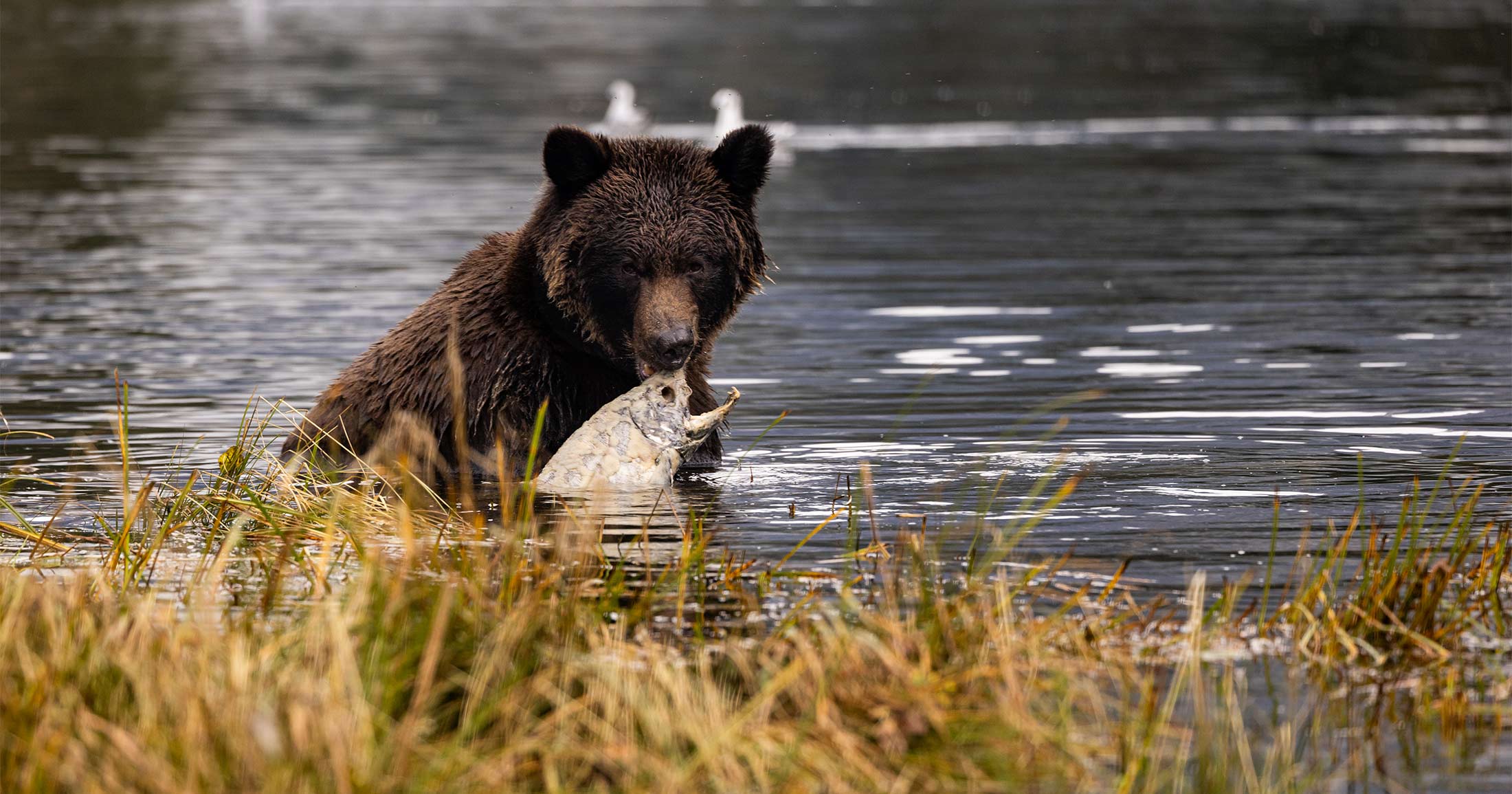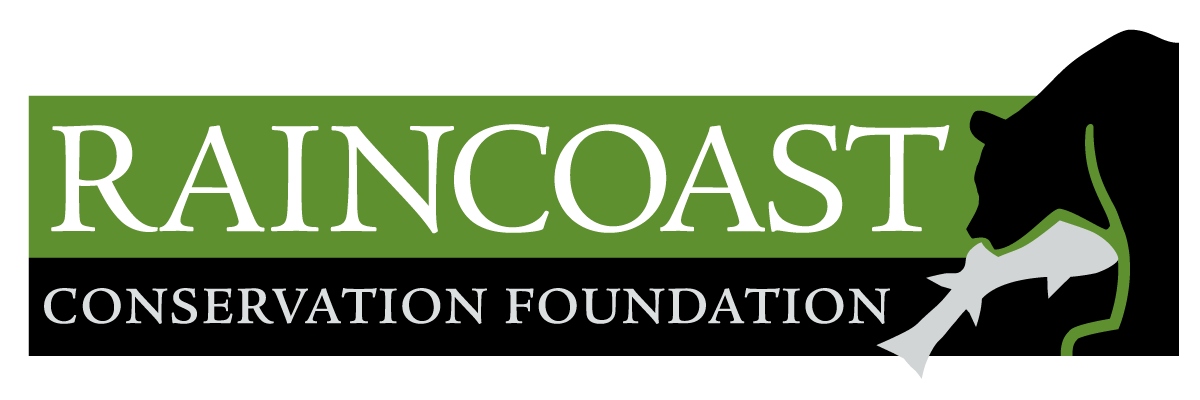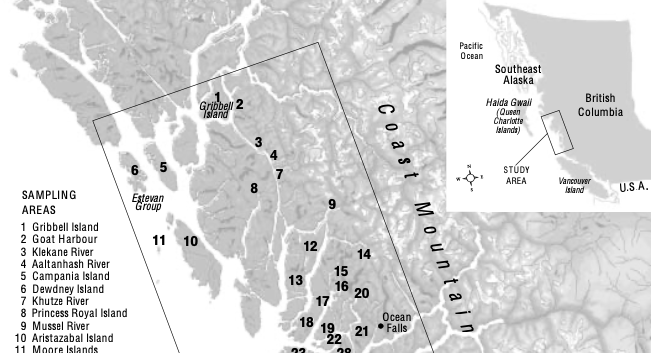Shifting salmon policy
Photo by Alex Harris.
Ecosystems are complex. They are communities of living organisms connected through interacting processes and features on the land, in water, and between the two. Yet BC’s antiquated environmental policy doesn’t reflect this. Colonial society governs ecosystems by siloing them into distinct ministries and resources instead of reflecting the interconnected nature of habitats that make them function in the living world. This “siloed decision making”is the root cause of many of the ecological challenges we face today.


Our policy goals
1. Manage fisheries for ecosystems
- Set salmon harvest at levels that optimize the benefits of spawning salmon to watersheds and wildlife.
- Shift away from historic management paradigms that minimize the number of spawning salmon reaching rivers and maximize harvest (called Maximum Sustainable Yield). Move towards fisheries management that meets salmon spawning targets that are ecologically based, not harvest-based.
- Shift harvest toward selective terminal fisheries (conducted in or near the rivers of origin) that respect the ‘place-based’ nature of salmon, and optimize the benefits to ecosystems, Indigenous cultures, and local communities.
2. Implement ecological-based governance
- Conservation planning and a commitment to sustainability that looks 7 generations ahead.
- A “whole-of-government” approach that implements shared solutions by Indigenous, federal, provincial, and municipal governments to achieve salmon recovery from inland watersheds and rivers, to the open ocean.
- Governance that honours Aboriginal rights and title, inherent Indigenous jurisdiction and law, and the United Nations Declaration on the Rights of Indigenous Peoples (UNDRIP) and the Declaration on the Rights of Indigenous Peoples Act (DRIPA).
- Sustainable funding strategies for watershed-scale restoration and planning.


3. Advance land-use policies that prioritize the health of wild salmon and biodiversity
- Zoning that bolsters functioning watersheds and riparian habitat (i.e.protect natural features, limit impervious surfaces, reduce urban sprawl, adopt nature-based solutions).
- Forestry policy that prioritizes salmon health by restricting clear-cutting in salmon watersheds, and incentivizes a sustainable, second or third-growth forest economy.
- Climate adaptation policy that incentivizes nature-based solutions including natural shorelines, intact riparian areas, unrestricted floodplains, managed retreat, and use of rain-gardens in urban areas.
Our recent reports
Recent articles
Yeo Island Wolf Home Site Recommendations
A proposed solution to the potential conflict between the home site requirements of wolves and areas targeted for timber harvest. Darimont and Paquet. 2002. Prepared for the Heiltsuk Nation and Western Forest Products. View the report in .PDF
Field Journal, August 2001
Bella Bella, 2001 We all wore waders, we split up into three groups and headed up the river, as far as we could go. Ian and Chris went WAY up there. Erica and I began our trek just at the mouth of river, and followed a trail up the steep cliffs. We crossed a rippling…
The Gray Wolves (Canis lupus) of British Columbia’s Coastal Rainforests
Herein, we present the most comprehensive scientific report to date about the wolves of mainland coastal British Columbia. The report is intended for scientists and informed non-scientists alike, although most readers will have no difficulty understanding the content. We offer scientific information, our perspectives, and recommendations to First Nations, government, industry, conservation planners, and the…
The Gray Wolves, Canis Lupus, of British Columbia’s Central and North Coast: Distribution and Conservation Assessment
Darimont, C.T., and P.C. Paquet. 2002. The Gray Wolves, Canis Lupus, of British Columbia’s Central and North Coast: Distribution and Conservation Assessment. Canadian Field-Naturalist 116: 416-422. View the paper in .PDF
Conservation Areas Design for the Central Coast of British Columbia (2000) Executive Summary only
Richard Jeo, M.A. Sanjayan, Dennis Sizemore Over the last century, the North American coastal temperate rainforest, a globally rare ecosystem, has been reduced by human activities, primarily logging, to about half its former range. However, large, contiguous, relatively intact areas remain in the central coast of British Columbia (BC) – a region where viable populations…



